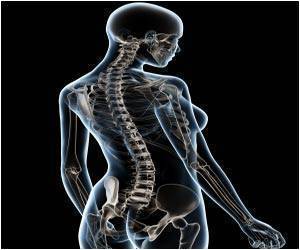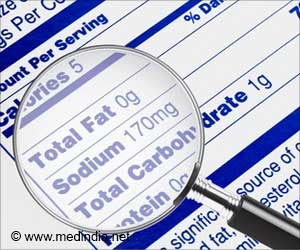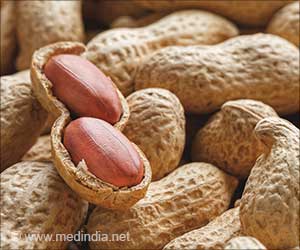The bioactive compounds present in peaches, plums and nectarines can fight-off obesity-related diabetes and cardiovascular disease, say researchers.

"In recent years obesity has become a major concern in society due to the health problems associated to it," said Cisneros-Zevallos, who also is an associate professor at Texas A&M University. "In the U.S., statistics show that around 30 percent of the population is overweight or obese, and these cases are increasing every year in alarming numbers."
While he acknowledged that lifestyle, genetic predisposition and diet play a major role in one's tendency toward obesity, "the major concern about obesity is the associated disease known as metabolic syndrome.
"Our studies have shown that stone fruits – peaches, plums and nectarines – have bioactive compounds that can potentially fight the syndrome," Cisneros-Zevallos said. "Our work indicates that phenolic compounds present in these fruits have anti-obesity, anti-inflammatory and anti-diabetic properties in different cell lines and may also reduce the oxidation of bad cholesterol LDL which is associated to cardiovascular disease."
What is unique to these fruits, he said, is that their mixture of the bioactive compounds work simultaneously within the different components of the disease.
"Our work shows that the four major phenolic groups – anthocyanins, clorogenic acids, quercetin derivatives and catechins – work on different cells – fat cells, macrophages and vascular endothelial cells," he explained. "They modulate different expressions of genes and proteins depending on the type of compound.
Advertisement
Cisneros-Zevallos said this is believed to be the first time that "bioactive compounds of a fruit have been shown to potentially work in different fronts against a disease."
Source-Eurekalert















